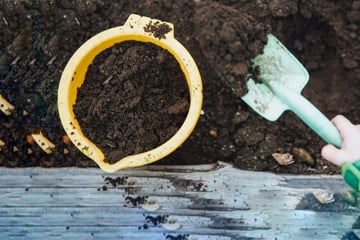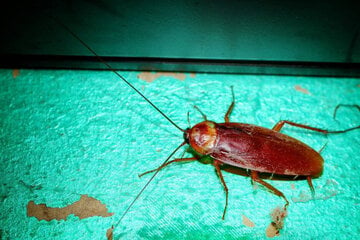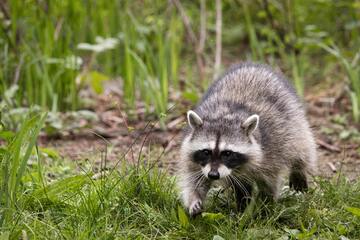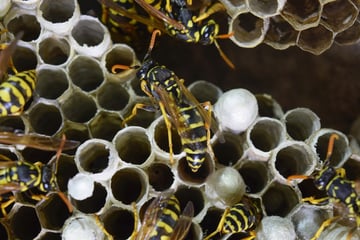Carnivorous plants: Types, care, and why they eat insects
Plants aren't known for their consumption of living animals, but there are some weird and wacky ones out there. What's up with carnivorous plants, what different types exist, and why do they eat insects?

There are a few different kinds of carnivorous plants, the most famous of which being the Venus flytrap.
It's a strange phenomenon – a plant actually eating something – but it's more common than you'd think. Surprisingly, there are quite a few plant species out there that do it.
In this garden guide, TAG24 will take a look at the wacky but wonderful world of carnivorous plants.
Why are some plants carnivorous, why do they eat insects, and how should you look after them?
Let's find out!
What are carnivorous plants?
Various plants, such as the Venus flytrap, actively devour insects with traps that then feed off the animal's nutrients. Often bright and colorful, covered in beautiful shades of red, blue and green to attract insects and bugs, carnivorous plants are a household favorite, and serve as more than just decoration.
Due to those bright colors, people love to keep these gorgeous creatures on their windowsills, as a way to brighten up the room and deal with any fly problems at the same time. Plants generally grow to be carnivorous not to avoid photosynthesis, but instead to create a new source of food in landscapes and soil that are very low in nutrients like nitrogen.
Most carnivorous plants use various different types of trapping mechanisms to ensnare their prey. These traps come in various forms, such as pitfalls, sticky flypaper traps, those that generate an internal vacuum, and those that use the movement of their leaves to channel insects or other animals into their maw.
So, are carnivorous plants actually "carnivores"? The description of "carnivorous plant" is not a trick. For something to be carnivorous, it needs to systematically attract prey for the purpose of digestion. These plants do exactly this, and therefore can be described as carnivores.
Types of carnivorous plants & houseplants
There are many, many different kinds of carnivorous plants in the world. Indeed, they exist on every single continent except for Antarctica, all using a variety of different mechanisms to kill their prey. According to the Botanical Society of America, there are thirteen different classifications of carnivorous plants, each with various subspecies.
Here are all the different types of carnivorous plants in the world:
- Monkey cups (Nepenthes)
- Sundews (Drosera)
- Venus flytraps (Dionaea muscipula)
- Dosophyllum
- Albany pitcher plant (Cephalotus follicularis)
- Triphyophyllum peltatum
- Cobra lily (Darlingtonia californica)
- Pitcher plants (Sarracenia)
- Rainbow plants (Byblis)
- Heliamphora
- Bladderwort (Utricularia)
- Genlisea
- Butterworts (Pinguicula)
This is not an exhaustive list. The field of carnivorous plants is a very big one, and each of these different types have many, many variants. Indeed, there may still be carnivorous plants that are still undiscovered.
Biggest carnivorous plants
According to Guinness World Records, the nepenthes is the largest carnivorous plant in the world. These giant beasts are endemic to south-east Asia and often grow as high as 80–90 feet. They are vines that stretch into the treetops of the vast rainforests that cover countries like Indonesia and the Philippines.
The nepenthes features a giant pitcher that in some cases can contain as much as 120 ounces of water. This water is mixed with digestive fluid that will aid in the consumption of animals. Oh, and we do mean actual animals! These creatures are so huge that they have been known to eat birds, frogs, and even small rodents.
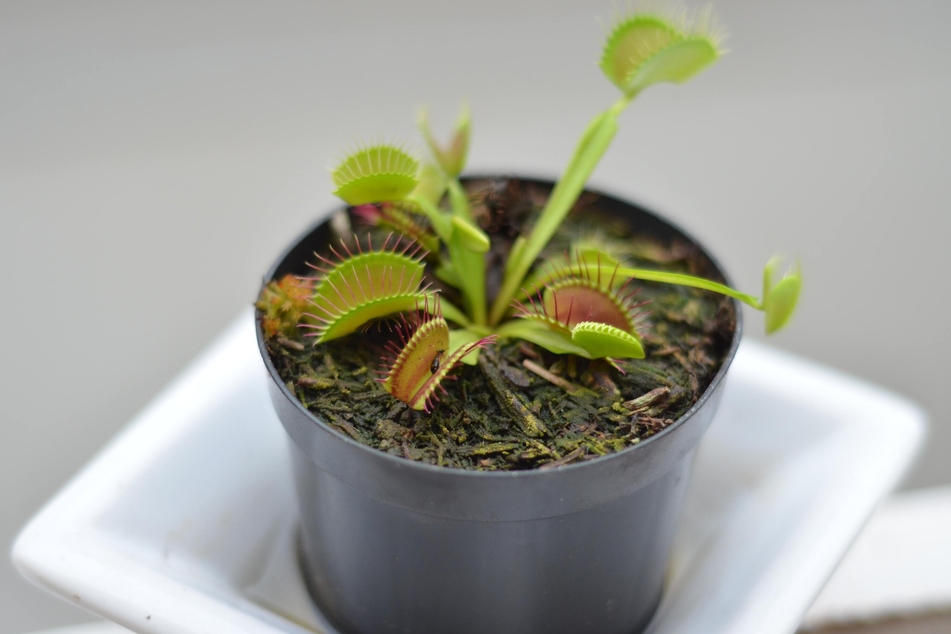
Why do carnivorous plants eat insects?
Carnivorous plants generally come from environments that are extremely low in nutrition and high in moisture. As a result, they generally live in boggy or peat-filled areas, where the soil is of a low quality, but there are many insects around due to the water. The context of this environment is extraordinarily important.
Due to the lack of natural nutrients in the soil, carnivorous plants eat insects or, in some cases, small animal to make up for that lack of nutritional content. Interestingly, these creatures still photosynthesize, so they require plenty of sunlight, something that is reflected in their bright colors.
Ultimately, carnivorous plants need to consume their prey to gain the nutritional content that a normal plant would get from well fertilized soil.
How do carnivorous plants eat insects
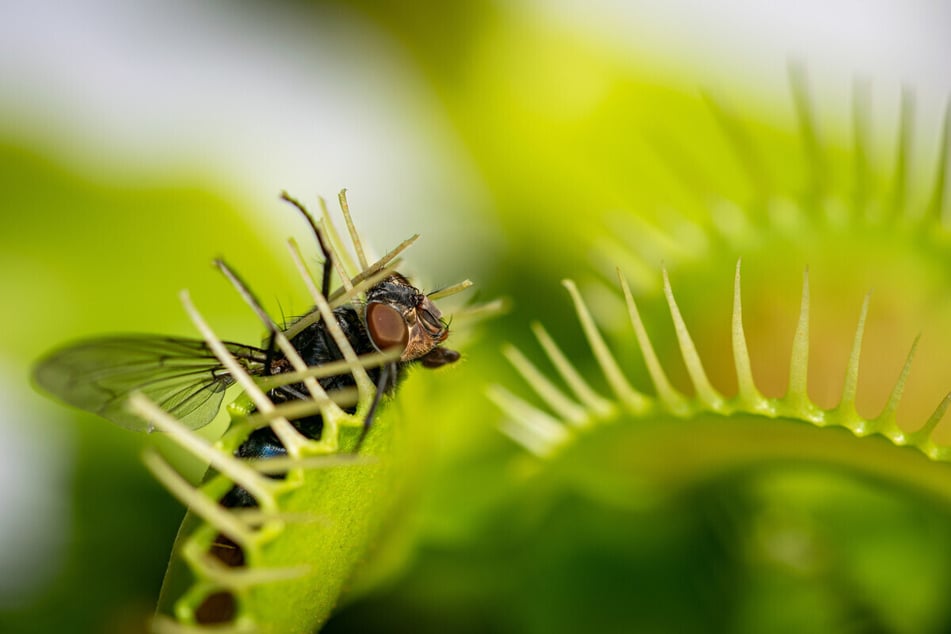
There are more or less five different kinds of carnivorous plants, each of which have subtly different mechanisms that they use when consuming insects and animals. They don't all use venom – some actually use vacuums – but every carnivorous plant out there will fit one of these five categories.
Here is how a carnivorous plant will eat an insect or animal:
Pitfalls: These types of traps are internal chambers which ensnare an animal and force it to stay inside so that it can be consumed. The chamber generally contains digestive liquid that will first kill whatever is inside, and then absorb them and break them down into usable nutrients.
Lobster-pots: This particular trap is very similar to a pitfall, but with one key difference - they force their prey into the trap via inward-pointing substances (hairs, leaves, etc.). Lobster-pots channel creatures into them by obstructing their exit, forcing them further inside.
Snap traps: Venus fly-traps are snap traps, and work by luring an insect in via a particular smell or color and then, once the animal has entered the trap, closing in around them and forming their own miniature stomach.
Flypaper traps: Using a sticky substance, these traps are designed to stop prey from escaping by sticking it to the rod or leaf. As soon as the animal has been trapped, flypaper traps slowly digest them via the use of various chemicals as well as pores on the skin of the plant.
Bladder traps: Generally living in water, bladder-trap based carnivorous plants have small balls that form a vacuum inside. There is a small entrance, usually with a hinged door that cannot be opened outwards, which will allow the insect or animal inside.
How to care for carnivorous plants
The most important thing to do when caring for a carnivorous plant is to understand its natural habitat, what it needs to survive, and how you can guarantee these factors. Of course, every different kind of carnivorous plant has different requirements. As a result, we will focus on the most common requirements.
Here are the most important things when caring for carnivorous plants:
A lot of light: For effective photosynthesis, most carnivorous plants need to be exposed to at least 5–8 hours of sunlight each and every day. Of course, this needs to be done without raising the temperature too high.
Using the right water: This depends significantly on the species, as some carnivorous plants actually live underwater. Most common household carnivores, though, should be given clean tap-water.
Appropriate soil: We will go into more detail on this in a second, but the gist of the matter if that you need soil with low nutrient content.
Fertilizers: You should not use any fertilizers for carnivorous plants.
Temperature: Make sure that the temperature never dips below freezing, with most carnivorous plants subsisting in warmer environments. As a result, the best temperature for most carnivorous plants is 65-75 degrees Fahrenheit. This, of course, depends on the species.
In general, it is important to understand how to look after a carnivorous plant before you purchase one. Speak to your local plant store to get more specific advice.
Best soil for carnivorous plants
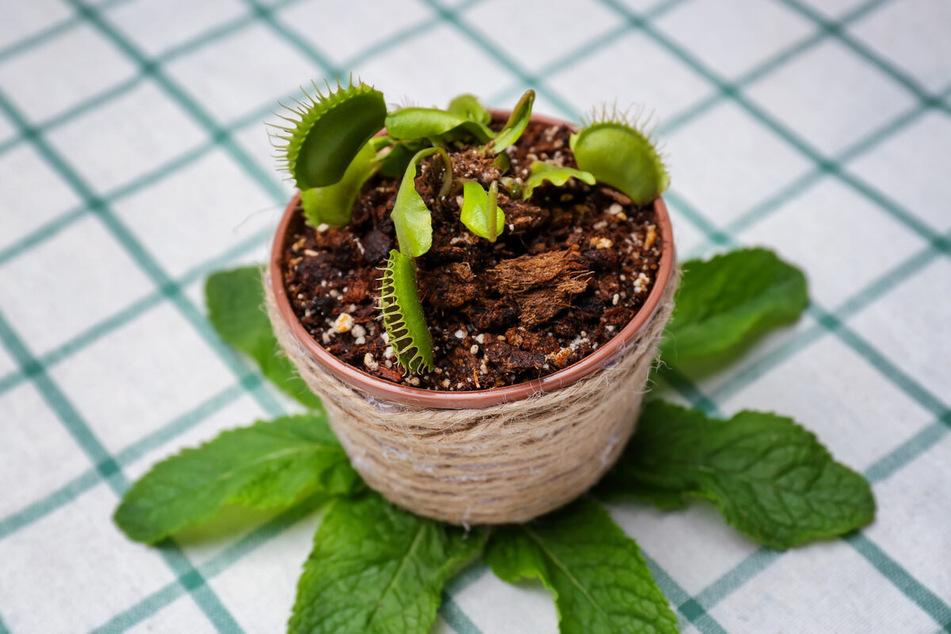
Most carnivorous plants live in soil that is very low in nutrients and very high in peat.
The soil should be kept relatively moist all year round, and should be low in nitrogen. Garden soil is not going to work, as you need certain mosses, peat, and sand. As a result, you should talk to the plant seller about exactly what you need before buying your carnivorous buddy.
Carnivorous plants are weird!
There are few things more bizarre than a flesh-eating plant. Luckily, though, they don't generally pose a risk to humans. These creatures are nothing but a mild curiosity, plants that come from all over the world to share one thing in common: an unquenchable hunger for insect meat.
If you think about, there's no surprise that people get a little weirded out by the idea of a carnivorous plant. They're weird, and look strange, but actually make a fantastic addition to your indoor plant collection!
Cover photo: Andi Superkern / Unsplash
